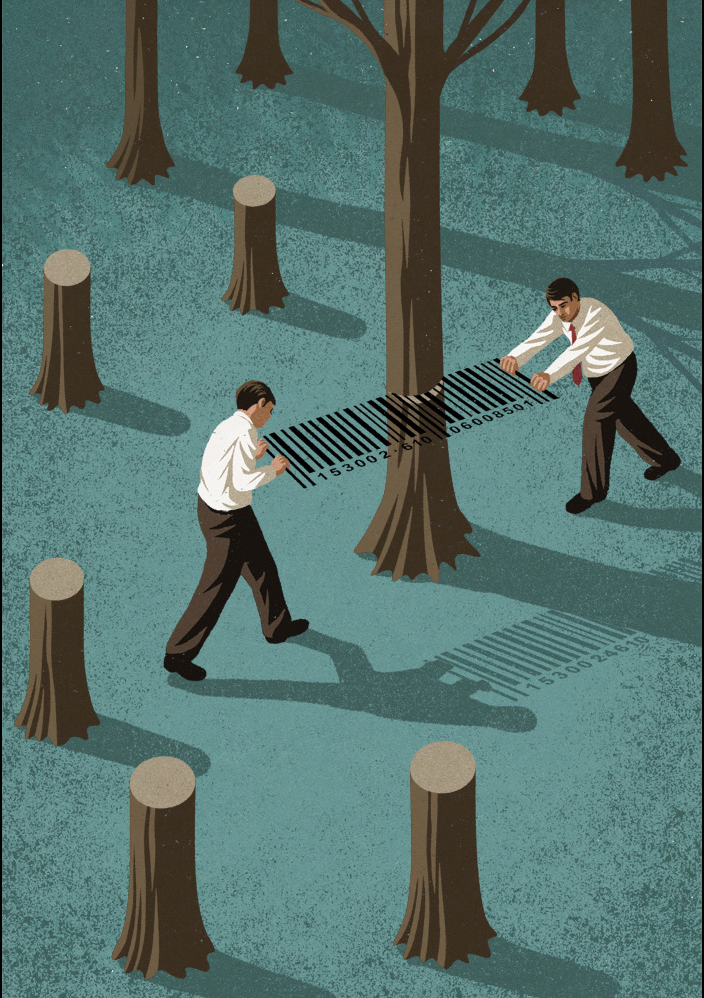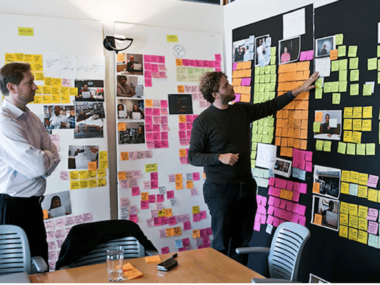Resilience is our ability to recover from or adjust easily to change. So how do we respond and become resilient in the face of disruptions like climate change and social disruptions?
Investors and funders have been asking those questions, and looking for evidence that companies were preparing for environmental and social impacts of the future. Their scrutiny coincided with growing legislation like carbon pricing and net-zero mandates from regulators.
It’s from these financial and regulatory pressures to respond to future change that ESG frameworks arose. ESG stands for Environment, Social and Governance, and ESG is the de facto sustainability and resilience model that is in play now for businesses and organizations.
If you want to understand and design for resilience, you need to understand ESG.

What is E, S & G?
ESG is an evaluation of an organization’s positive and negative impacts on the economy, environment and people.
Environmental (E) impacts include greenhouse gas emissions, waste and energy, biodiversity, environmental policies and more. Social (S) shows up as diversity and inclusion (DEI), safety and health, labour management, human rights and other considerations. Governance (G) considers board and executive leadership and the implications of their strategic decisions, including compensation, risk management, disclosures and other reporting roles.
ESG is a useful construct for both external and internal stakeholders to evaluate value, be it investment capital, customers looking for purpose-driven products and services, professionals seeking meaningful work, and a wide range of other stakeholder needs and desires.
Given these implications, ESG is increasingly considered a strategic imperative. It is used to inform short and long term sustainable risks and choices for innovation, adaptation and growth, all of which provide more resilience in the face of ongoing change.
Where to start with ESG
ESG is built on a fundamental understanding of what is material to an organization and its stakeholders.
What is material to business are financial considerations that would influence an investor or funder. Reporting frameworks like GRI and SASB Standards offer tools to explore materiality for multiple industry sectors.
To understand what’s material for your stakeholders – the people you engage with – is where the utility of design thinking shines.
What is design thinking?
Design thinking is a problem finding and problem solving process. It allows the designer to focus on the people they’re creating for, considering what is desirable to them, viable to their situation, and technically feasible.
To understand users, design thinking uses ethnographic tools, methods and frameworks to develop a deep understanding of what the audience is experiencing.
It is inclusive, considering multiple options and perspectives to leverage diverse insights and ideas to surface problems that actually need solving, and generate valuable new ideas and ways forward.
It adopts an iterative approach to problem solving, using an agile prototyping process that reduces the risk of action and nurtures a mindset of innovation.
Throughout, it places an emphasis on using visual and narrative tools like story-telling and personas to activate creativity and curiosity in participants and designers alike. The emphasis on collaboration and co-design brings people along to heighten enthusiasm and improve buy-in.

How design thinking can add value to ESG
These examples show some of the ways in which to apply core design thinking approaches to innovate for resilience:
1 – Understanding stakeholders to inform strategy
Execute a stakeholder mapping exercise with colleagues from different departments using simple, flexible tools like a whiteboard, sticky notes and markers. Explore who is impacted by the Environmental, Social and Governance aspects of your business and organize the results by commonalities, connections, causality, and other relationships. What did you learn and what still needs to be discovered?
2 – Building leadership support to generate buy-in
Use an empathy mapping exercise to explore an ESG goal for leadership to reach, gather evidence to understand their perspectives and develop grounded insights into what influencers and leaders might be thinking and feeling. Apply your better understanding to inform how you frame solutions to solve a leader’s pains, strengthen their gains, and communicate the value proposition for ESG.
3 – Engaging an ESG dream team through collaboration and co-design
Seek to understand your colleagues’ day to day reality and key performance indicators. Find and share relevant ESG reports and rankings (like S&P and MSCI) and sector-specific ESG reports that provide case studies and best practices to open discussions in a way that is generative, relevant and open-ended to allow ideas to emerge. Collaborating and co-designing credible and authentic prototypes and solutions simultaneously builds ownership and accountability for the people doing the ESG work. By prototyping and iterating – always learning and applying new insights – you lower and share the risk of action.
Adding value for a more resilient future
Work in climate change and social justice is both challenging and invigorating. Use design thinking to add value to the essential work that must be done to innovate solutions for a resilient future, today.
If you want to learn more about designing for resilience, watch ‘Designing for Resilience: Design Thinking’s Role’ webinar by Rebecca Black:
Article written by Rebecca Black, MES, MDes, a Design and Futures Strategist working exclusively to co-create solutions for climate change and social justice. Follow her on LinkedIn.











